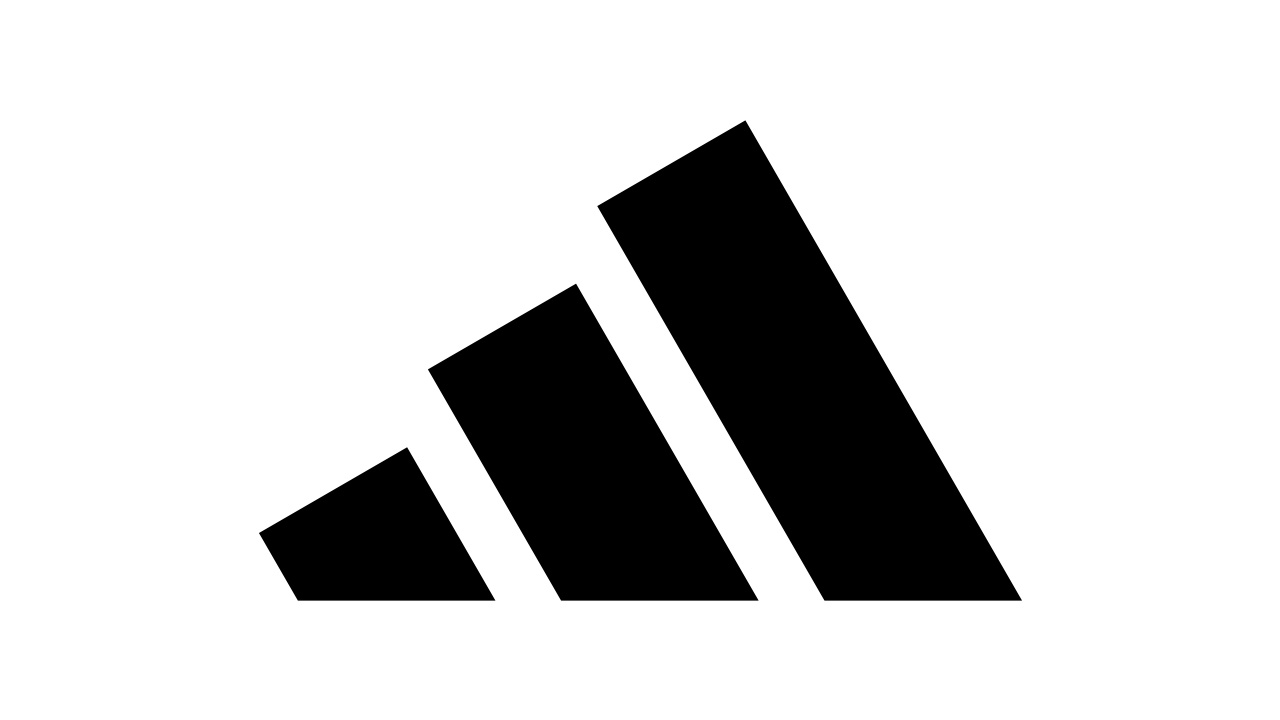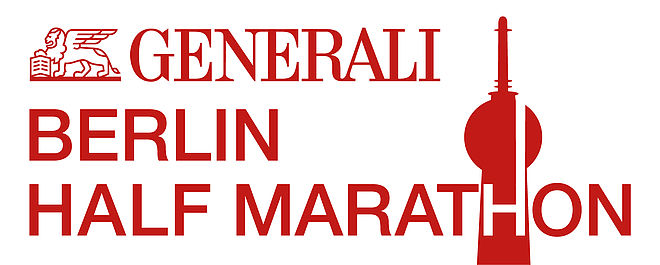Executing an exact surveying of a marathon course 42.195 km long in a big city like Berlin is a “doctoral thesis” – one cannot simply drive around with a car odometer and then decide on a start and a finish. In the past few years five marathon world records have been set in Berlin – here the best efforts are made for the choice of the course, the conditions of the roads, and the location of the attractive start and finish area.
The Association of International Marathon und Road Races (AIMS) and the International Athletics Association Federation (IAAF) closely monitor who surveys the courses (only specially trained surveyors are allowed to measure the course) and how the surveying is carried out. Otherwise, the performances of the runners would not be officially recognized.
As there are several construction areas in Berlin that required a rerouting of part of the course, a new surveying of the course was necessary.
There are two surveyors with the highest ordains from both AIMS and the IAAF in Berlin (so-called A-Grade measurers) who are qualified to measure the course upon which athletes can qualify for the World Championships and for the Olympics.
These are John Kunkeler, well known throughout the city as both marathon runner and coach, and Siegfried Menzel, the official surveyor for the Berlin senate. Hughes Jones (London), former successful marathon runner and winner of the 1st London Marathon and current general secretary of AIMS who was also responsible for surveying the marathon course at the World Championships in Helsinki, came to control the surveying for AIMS and IAAF.
The task in Berlin was to newly measure the course, starting at Streetlight 665 on the boulevard Straße des 17. Juni to the “left tank chain”, Tank 300 (Straße des 17. Juni) at the Soviet Monument, not far from the Brandenburg Gate.
The following report is by a cyclist who attended the surveying on a nice June evening. We would like to sincerely thank the Berlin police at this point for their support at this sometimes dangerous endeavor, as the surveying took place in flowing traffic and oftentimes against traffic.
No, I would not run this course, I think to myself at km 21. We are somewhere in Berlin-Schöneberg and are meticulously writing down our location: street, house number, even the nearest numbered streetlight. Kilometre 21.975 of exactly 42.195. “Half marathon”, states SCC surveying expert Siegfried Menzel. He writes down all of the data for the protocol before our entourage gets moving again. Four prominently escorted cyclists: at the front a police car, beside us a vehicle from SCC-RUNNING and a policeman on motorcycle, and right on our heels, I mean tires, an orange bus with the writing “surveying”.
Precision work in evening traffic
We are not biking through Berlin just for fun–even if this pleasant June evening is very inviting for a contemplative tour. But this evening requires precision work: The course for the real,- BERLIN-MARATHON on the last weekend in September has to be surveyed – and that with the best racing line possible.
Easier said than done...evening traffic and a course running down numerous major streets. Friends and helpers make this “surveying tour” feasible. The police car paves the way with its flashing lights and sirens when necessary. The motorcycle is a few lengths ahead of us to secure the intersections–and now and again to keep the oncoming traffic under control.
Biking on the racing line
We four pedaling knights get to race through the lights even when they are red. Nothing new for John Kunkeler, of the organising team of the real,- BERLIN-MARATHON. He measures diverse races throughout the year–whether the Avon Running Race, the Team Relay, or the marathon. Always by bike? “Yes, how else?” is the answer. Kunkeler explains that the course can be measured best and most precisely by bike, and it makes it possible to see just how the runner will optimally be able to follow the racing line.
On surveying day the course was measured 42 metres longer than the actual marathon distance. The reason: parked cars interfere with the measuring. For that reason, one metre is calculated into each kilometre of the course. But: “On the day of the event, the ideal racing line will be even more ideal!”
“Water-tight” results
In order in insure that the measured results are really true at the end, the wheels of the “surveying bikes” are calibrated before the tour. That means that the number of rotations the tire of the bike requires for 1000 metres is controlled. The total number of rotations at the end allows the exact distance of the course to be calculated.
The men explain to me that this is extremely important: If a world record is run, the course has to be “water-tight,” says Siegfried Menzel. That means 42.195 proven kilometres, no more and no less, measured according to the regulations of AIMS/IAAF. That is one of the reasons that SCC-RUNNING (like many other marathon organisers) request an independent monitor to attend the surveying.
Monitoring with Argus eyes
On this evening in Berlin, that job is fulfilled by former British world-class runner Hughes Jones. Jones belongs to the surveying elite of AIMS and flew in from London just to control and confirm the surveying. “Of course” is his answer when asked if he will come to Berlin for the race. But at the moment he is busy riding along the ideal racing line, measuring the perfect course for all of the runners. And being quite the British gentleman, he does not curse at me when I get in his way once in a while with my bike...while I was looking around too much or was lost in thought.
“When do the runners reach that famous low that they all fear?” I ask the course scout Kunkeler, who is biking along side of me. My legs are at least signaling that it has to be soon. “That depends upon their condition: somewhere between 28 and 33 kilometres.” I do not notice a “low”, but my hind side is really starting to hurt.
The three men ahead of me do not seem to mind. At least they aren’t showing it and keep on writing their protocol: the exact location is noted every five kilometres and at the half marathon mark. Our entourage stops a total of nine times, doubly holding up the traffic.
An attraction for Japanese tourists
“What is all this crap about?” we hear now and again. Old hat for my companions, and I am slowly getting used to it, too, and am starting to enjoy a free ride through the red lights. The trip is of course a challenge, but it also leaves time to enjoy this unusual city tour. Now and again someone waves at us from a street café. I ask myself who they think we are: VIPs on a city visit by bike? I imagine so when the Japanese group takes our photograph as we move down the boulevard Unter den Linden. Back home in Tokio or Yokohama, they will ponder over the sweaty faces on their pictures–that are nonetheless looking somewhat relaxed: for the end is in sight!
At the end: the results are correct
After about two and a half hours we are back at our starting point, Straße des 17. Juni. “Right tank, left chain” – the Russian monument marks the end of our surveying. A comparison of the data from the course: the kilometres clocked are almost identical. “The divergences are minimal,” says Siegfried Menzel happily. And Hughes Jones is pleased in his reserved British manner: The “racing line rider” indeed found his ideal line – the measured course proves it.
“Not us either“
Water bottles make the rounds. A Berlin company excursion has come to an end, for the men in the accompanying vehicles as well. One could not help himself and asks me with a grin: “So, out of breath?”
And I, proudly shaking my head, can only let out dryly, “Not us either!”
Gabi Kannamüller


